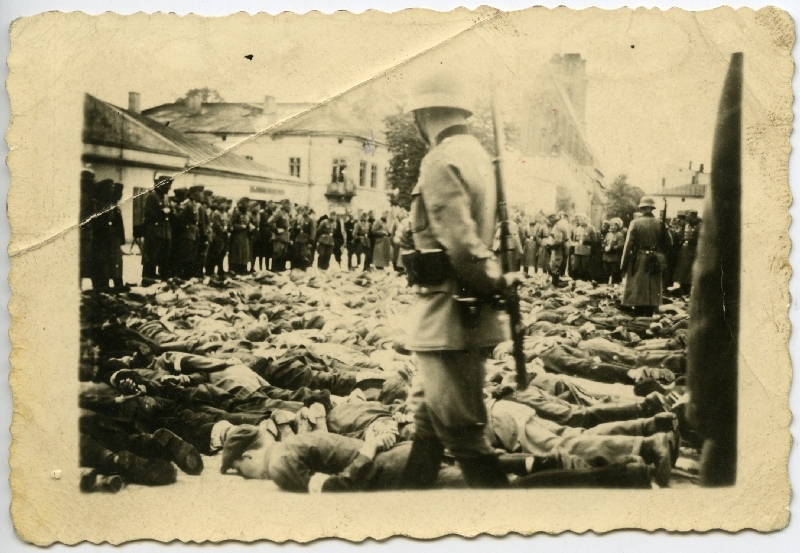During the German occupation of Poland in 1939–1945, several hundred Polish villages were completely destroyed, and most of their inhabitants were murdered.
The first pacifications took place during the hostilities in September 1939, and later became one of the tools of bloody German terror against the inhabitants of Polish villages. The repressions were retaliation for helping underground organizations, sheltering Jews in hiding, or failing to meet the obligatory deliveries of agricultural products, known as quotas. Young inhabitants of the village were also caught and deported deep into the Third Reich for forced labor.
In April 1940, several dozen villages were pacified and over 700 people were murdered in the Radom District of the General Government (part of Poland under German occupation) in retaliation for helping the partisan squad commanded by Major Henryk Dobrzański aka ” Hubal “.
On April 14, 1940, the German occupation forces carried out a pacification action in Józef Duży near Łuków in the Lublin district of the General Government. German families lived in this town even before World War II. On April 13, 1940, one of them became the victim of a robbery and was murdered. The next day, April 14, German forces arrived in Józefów Duży, including the gendarmerie, Gestapo and Selbstschutz (self-defense recruited from local Germans). The inhabitants of Józefów and the surrounding villages were transported to the vicinity of the farm of the killed Germans. In total, several hundred Poles were gathered. Some of them (women and children up to 14 years of age) were released to go home. In the evening, the tragedy of the others began. They were arranged in rows of 10 people on the square, lit by floodlights. On the orders of Albrecht von Alvensleben, the Germans started firing machine guns and murdered nearly 200 people that then were buried in a collective grave.





